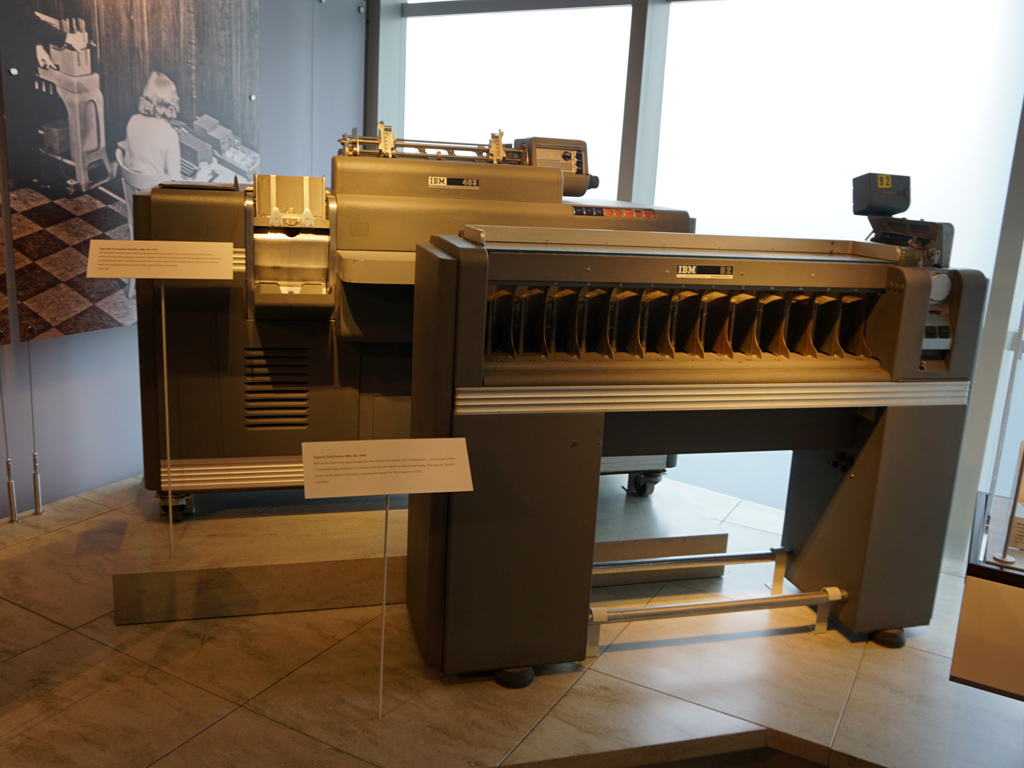Computer History: From The Antikythera Mechanism To The Modern Era
In this article, we shed light on the most important moments in computer history, acknowledging the people that have contributed to this evolution.
IBM In Its Early Years
IBM is one of the oldest computer manufacturers and is still at the center of the the IT word. IBM's roots go back to the 19th century where four companies, including The Tabulating Machine Company were merged to form the Computing and Tabulating Recording Machine Company, which in 1924 was renamed to International Business Machines Corporation (IBM). At first IBM specialized in the development of punched card data processing equipment and soon it became famous for its services, since not only big companies but entire countries used its machinery and expertise.


But let's start at the beginning. In 1880 the United States Census Bureau asked one of its employees, Herman Hollerith, to implement a method that would allow for faster processing of demographic data. Back in those days a census was repeated every 10 years and it took close to a decade to process all of the data once it was collected. It took eight years to finish the 1880 census, and with population on the rise it was almost certain that if the same data processing methods were used the 1890 census wouldn't be finished before the 1900 census had to take place.
Hollerith managed to crack the problem with a brilliant idea: to record all demographic data on punched cards, similar to the data input that Babbage had proposed for his analytical engine. Special engines were made that could process the punched cards and the 1890 census took only three years to complete. After filing all necessary patents, Hollerith founded the Tabulating Machine Company.









The photographs above show the Type 80, 82 and 83 card sorters that were used for sorting data into either alphabetical or numerical order. Before computers began to dominate the market, these type of card sorters were widely used. The last photos depict an IBM Type 77 Collator, which reads two separate stacks of sorted punch cards and merges them into a single one. In addition to this function it can also remove incorrectly sorted cards and duplicates.



IBM punch machines were similar to typewriters with the only difference being that these machines wrote data on punch cards. This is how data was stored in the pre-computer era.


One of the darkest times in IBM's early years was when the company's equipment was used extensively by the Nazis to categorize German citizens as well as people in other nations that fell under Nazi control during World War II. This data was then used to identify Jewish people, along with other groups, and the fast processing of demographic data that IBM's equipment offered became a powerful weapon in Nazi hands.
However, IBM also offered great help to U.S. during World War II by providing its facilities and services to the army.
Get Tom's Hardware's best news and in-depth reviews, straight to your inbox.
MORE: Best Deals
MORE: Hot Bargains @PurchDeals
Current page: IBM In Its Early Years
Prev Page Babbage's Analytical Engine, Ada Lovelace And Programming Next Page The Triode, Transistor And Op-Amp
Aris Mpitziopoulos is a contributing editor at Tom's Hardware, covering PSUs.